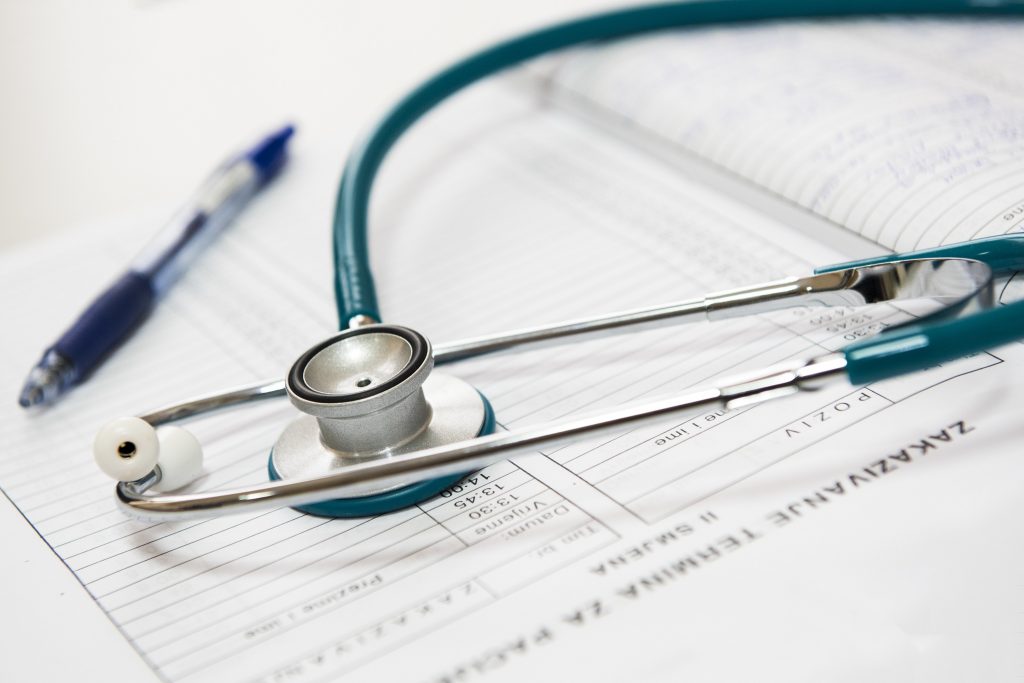
One allopathic govt doctor for 10,926 people in India: Report

A government report reveals that there is only one allopathic government doctor for every 10,926 people in India against the WHO’s recommended doctor-population ratio of 1:1000.
The report was compiled by the Central Bureau of Health Intelligence (CBHI), the National Health Profile, 2019. According to the report, the number of registered allopathic doctors possessing recognised medical qualifications (under the MCI Act) and registered with state medical councils for 2017 and 2018 was 43,581 and 41,371, respectively.
The report, however, highlighted that there has been a marked improvement in the number of dentists. The number of dental surgeons registered with the central/state dental councils up to December 31, 2018, was 2,54,283.
The report, however, highlighted that there has been a marked improvement in the number of dentists. The number of dental surgeons registered with the central/state dental councils up to December 31, 2018, was 2,54,283.
There has been a steady rise in the number of registered AYUSH doctors in India from 7,73,668 in 2017 to 7,99,879 in 2018. AYUSH has the maximum number of registered ayurvedic doctors (55.47 per cent) followed by registered homoeopathy doctors (36.69 per cent) in India.
There is an increase in the availability of allopathic medical practitioners, dental surgeons and nurses per lakh population over the years.
The report further said that the cost of treatment has been on the rise in India and it has led to inequity in access to health care services. “India spends only 1.28 per cent of its GDP (2017-18) on health. Per capita, public expenditure on health in nominal terms has gone up from Rs 621 in 2009-10 to Rs 1,657 in 2017-18. The Centre-state share in total public expenditure on health was 37:63 in 2017-18,” it said.
The report also highlighted that health insurance was a growing segment in the country, even as it hasn’t taken off fully and several measures are needed to improve and expand the insurance coverage.
The advent of private insurers in India saw the introduction of many innovative products like family floater plans, top-up plans, critical illness plans, hospital cash and top-up policies, it said.
“At present, an average population served by a government allopathic doctor is 10,926,” the report states.
The Ayushman Bharat Mission-National Health Protection Mission or the Pradhan Mantri Jan Arogya Yojana (PMJAY) — world’s largest health scheme announced in the Union Budget 2018-19–is the latest initiative in expanding the health insurance net and targets 10 crores poor and deprived rural population, the report stated. The mission aims to provide a cover of Rs 5 lakh per family per year for secondary and tertiary care procedures.
Source: India Today. News 18.